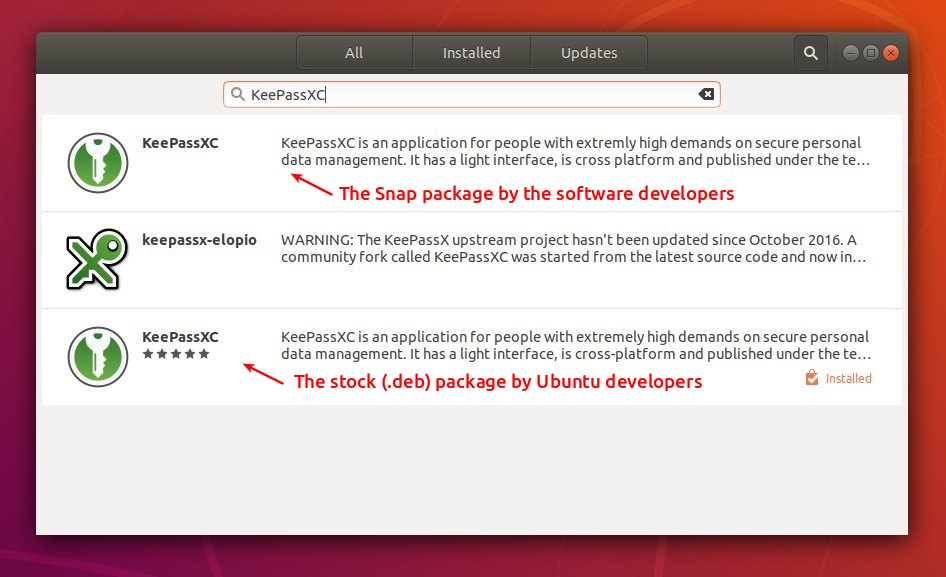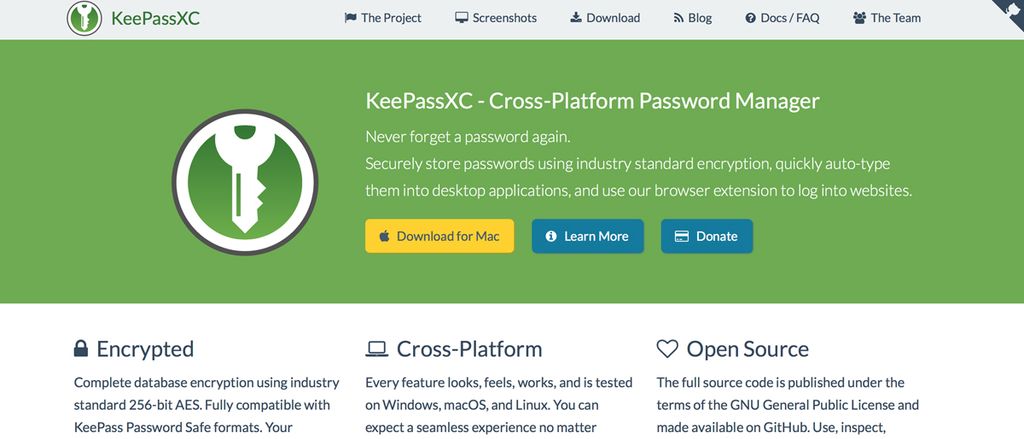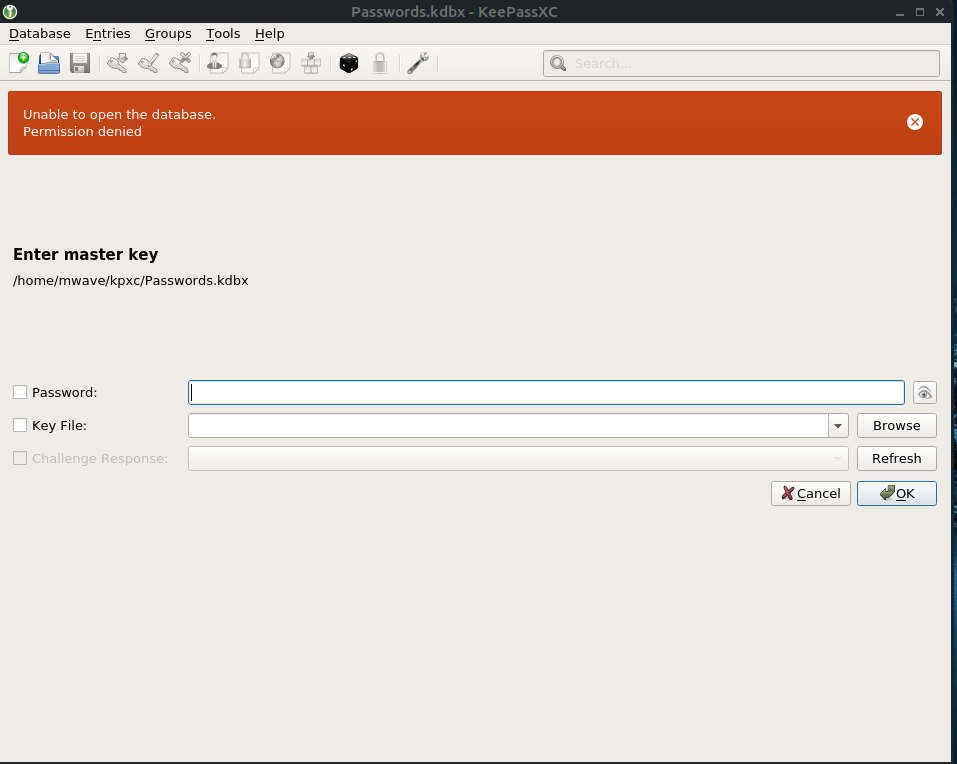
Then you can save it in your synchronization folder, so it stays in sync with your other devices.

The best way is to use the ownCloud desktop client. It’s easy: you just download KeePassXC from the official website or the packages for your distribution, install it, and create a database. KeePassXC stores all of your passphrases in one file, the password database. KeePassXC – All Your Passwords in One File

There are several password managers out there – the tools with the best integration into ownCloud are KeePassXC and Passman. The password vaults are encrypted with your master passphrase, so the admin can’t access them. With most password managers, and definitely with the two tools I’m showing today, you don’t even have to worry about that. Here comes the ownCloud bonus: in contrast to other cloud storage providers, with ownCloud you know which admin you trust with protecting your passphrases. If you store your passwords in the cloud, you have to worry about who owns the server, of course. Fortunately, this is possible.ĭon’t be fooled – not all hackers wear a black hoodie or a mask. If only you had an ownCloud account to synchronize your passwords between all your devices, just as you are used to with your files. This is more secure, but inconvenient – you may need your bank credentials on your phone one day, e.g. One problem with password managers is that they usually stay on one device. No reason to type out all those passwords ever again. No reason for 4 different passwords, of which one contains a * and two $$ characters, but another doesn’t, because the platform forbid it. No reason to keep weird username/passphrase combinations in mind. You only need to remember one passphrase to decrypt your vault – then you can copy-paste all other passwords from there. Password managers are an exception.Ī password manager is one of the few tools which both protect you and make your life easier. Most tools which can protect your online security, like javascript blockers or GPG, get in the way of your tasks. Most cloud drives work on atomic transactions internally.Usually, security comes with a price. This is sometimes known as "Safe Saving", however for most modern Cloud Drives this seems to be no longer a concern as when an incomplete file transfer doesn't lead to corruption. They create a new temporary file and swap it in/rename it instead of updating it in place. I deleted my iCloud Strongbox folder and now I can't create a new iCloud databaseīasically what’s happening is that Strongbox’s reference to the database becomes invalid because of the way these Desktop clients save the database. You may also have deleted that folder by accident and you'll need to recreate it:

If you don’t see it you can create it by adding a new iCloud database via Strongbox. The folder should be in the root of your iCloud Drive with the Strongbox icon on it. This is a dedicated folder and Strongbox will automatically detect and sync anything here including files updated by KeePassXC.

These use different methods to keep a reference to your file that doesn’t break when KeePass / KeePassXC updates.Īnother solution that works much better (on iOS at least) is to use the official Strongbox iCloud folder. Tools > Options > Advanced > File Input/Output Connections > Use file Transactions for Writing Databases > Switch OFFĪlternatively if possible you should try to use the native Google Drive, Dropbox, OneDrive or other native methods to add your database instead of the iOS Files method. Choose 'Directly write to database file (dangerous)' in the dropdown.Use Alternative Saving method (Switch ON).Settings > General > Basic Settings > File Management: You can use the instructions below to do this: The solution to this is to turn off "Safe Saving" in KeePassXC or "File Transactions" in KeePass. " The database was 'Removed from iCloud' on another device" " The database is located in Recently Deleted" This can sometimes present itself as errors like: Sometimes there can be some issues with iOS Files based databases and KeePassXC / KeePass and cloud drives.


 0 kommentar(er)
0 kommentar(er)
